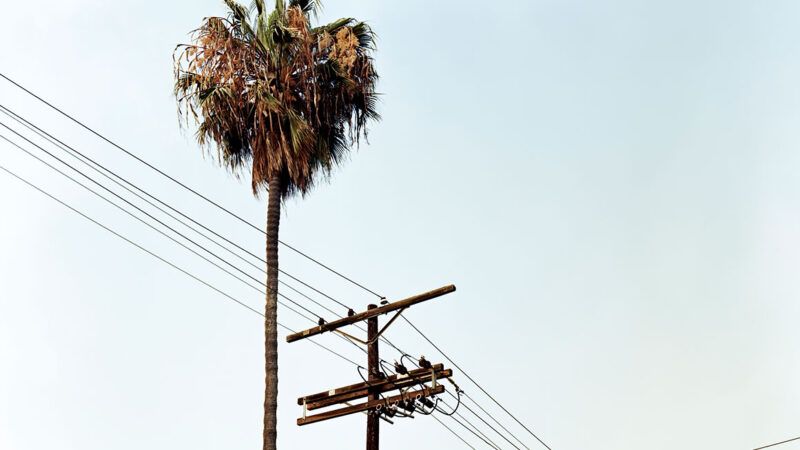California's Ban on Gas-Powered Cars Could Wreak Havoc on Its Energy Grid
If all Californians bought E.V.s tomorrow, it would be a nightmare.

In late August, California air regulators announced that the state would ban the sale of most gasoline-powered vehicles by 2035, a policy aimed at encouraging a shift to electric vehicles (E.V.s). A week later, amid a massive heat wave, California officials begged E.V. owners not to recharge their cars during peak evening hours so as not to overload the state's energy grid.
The regulations that the California Air Resource Board (CARB) unveiled in August are aimed at meeting a target that Democratic Gov. Gavin Newsom announced in 2020. Yet if all Californians bought E.V.s tomorrow, it would be a nightmare for the state's power grid.
There are more than half a million E.V.s in California, the most of any state. Although that represents a tiny share of the 14 million or so vehicles on the road in California, E.V.s already pose a problem for the state's energy grid. Summer after summer, Californians are warned to minimize their energy use in the evenings, lest the state resort to rolling blackouts. E.V. owners typically recharge their cars overnight. Given that situation, the plan to dramatically increase the number of E.V.s seems impractical, to say the least.
It's not just gasoline-powered cars that California wants to eliminate. In September, CARB unanimously approved a proposal to ban sales of new natural gas–powered furnaces and water heaters by 2030.
California officials hope these mandates will reduce greenhouse gas emissions. Yet nearly half of the state's electricity production comes from natural gas, according to the California Energy Commission. The same fuel the state wants to prohibit in private homes is largely responsible for the electricity that powers those homes and charges the E.V.s the state is trying to promote.
Nuclear energy, which accounts for less than 10 percent of California's electricity, is one possible solution to the energy crisis and climate change concerns. California lawmakers are not oblivious to that option. Despite decades of opposition by environmentalists, state lawmakers voted in August to extend the life of the Diablo Canyon nuclear plant in San Luis Obispo County, scheduled to close in 2025. It will now continue operating at least until 2030.



Show Comments (113)